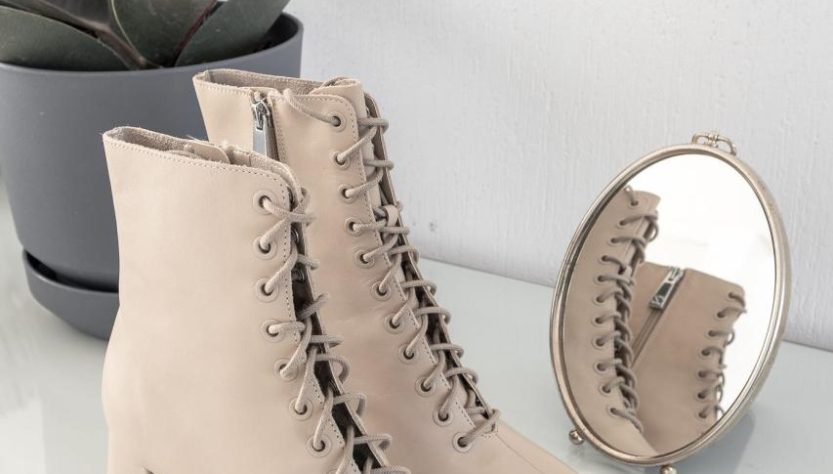Boots, a footwear staple transcending time and trends, have journeyed through history, leaving an indelible mark on fashion and culture. From their earliest origins to their modern interpretations, boots have undergone a captivating style evolution that reflects the changing tastes, needs, and societal shifts across different eras.
Ancient Origins
The history of boots dates back thousands of years. Early civilizations, recognizing the need for foot protection, crafted rudimentary forms of boots from animal hides and natural materials. These primitive designs laid the foundation for the development of more sophisticated footwear.
Medieval and Renaissance Era
Boots gained prominence in medieval Europe, primarily among soldiers and horse riders. They evolved into taller, more structured designs, offering enhanced protection for mounted warriors. During the Renaissance, elaborate and decorative boots became a symbol of social status and fashion among the aristocracy.
Industrial Revolution: Functional Utility
The Industrial Revolution marked a shift in boot production. Advances in manufacturing techniques led to the mass production of boots, catering not only to practical needs but also reflecting the social and economic changes of the time. Work boots became standardized, providing durability and protection for laborers in various industries.
Military and Combat Influence
The 20th century saw boots becoming a symbol of military might and functionality. Combat boots, designed for soldiers’ needs, transitioned into civilian fashion, symbolizing rebellion and counterculture. Their utilitarian appeal influenced various fashion movements, from punk to grunge, embodying an anti-establishment aesthetic.
Mid-Century Elegance and Rebellion
Mid-century elegance embraced boots with the introduction of sleek and sophisticated designs. Knee-high boots became a fashion statement, synonymous with glamour and sophistication. Concurrently, motorcycle boots epitomized rebellion and non-conformity, becoming an emblem of rebellious youth culture.
Modern Interpretations: Fusion of Function and Fashion
In the contemporary era, boots have continued to evolve. Designers merge traditional craftsmanship with innovative materials and technology, creating a diverse range of styles. From the enduring popularity of classic designs to futuristic interpretations, boots have cemented their place as a versatile and essential fashion item.
Conclusion
The style journey of boots is a testament to their enduring appeal and adaptability across centuries. From their humble beginnings as protective footwear to their evolution into fashion statements, boots have mirrored the evolution of societies, cultural shifts, and individual expression. As they continue to reinvent themselves, boots remain a symbol of both timeless elegance and ever-evolving style.
